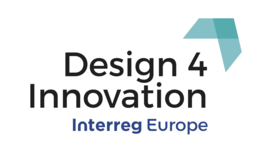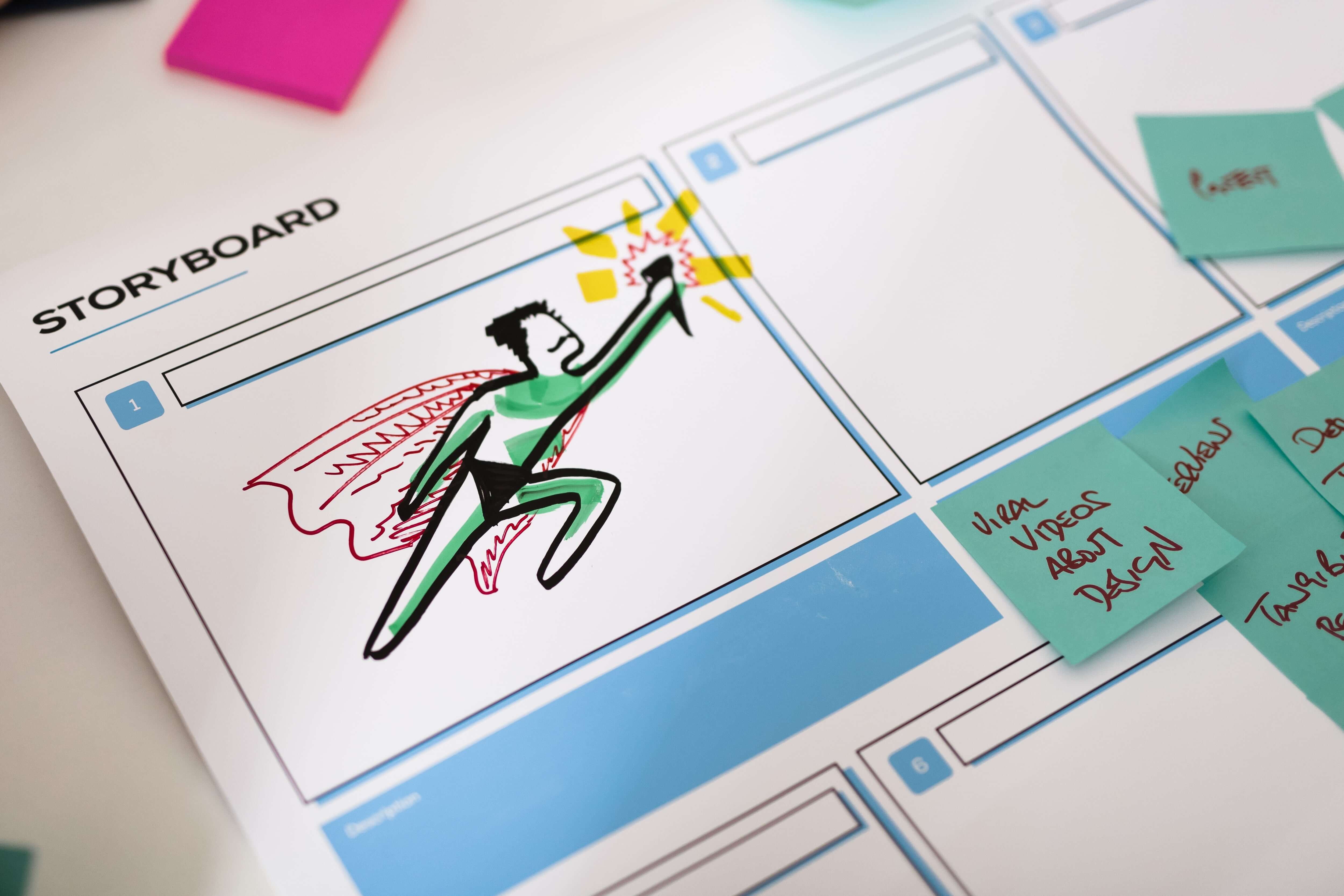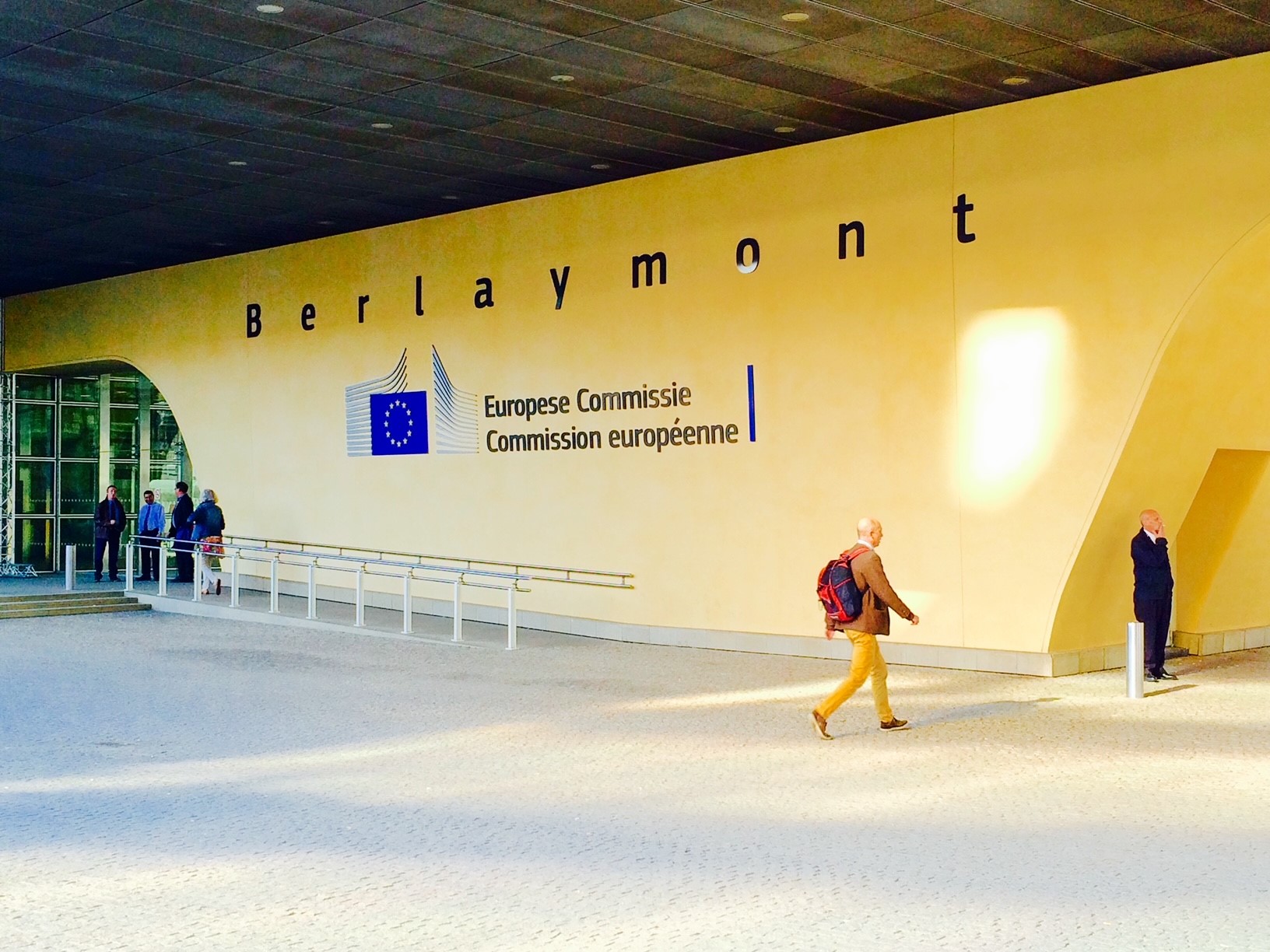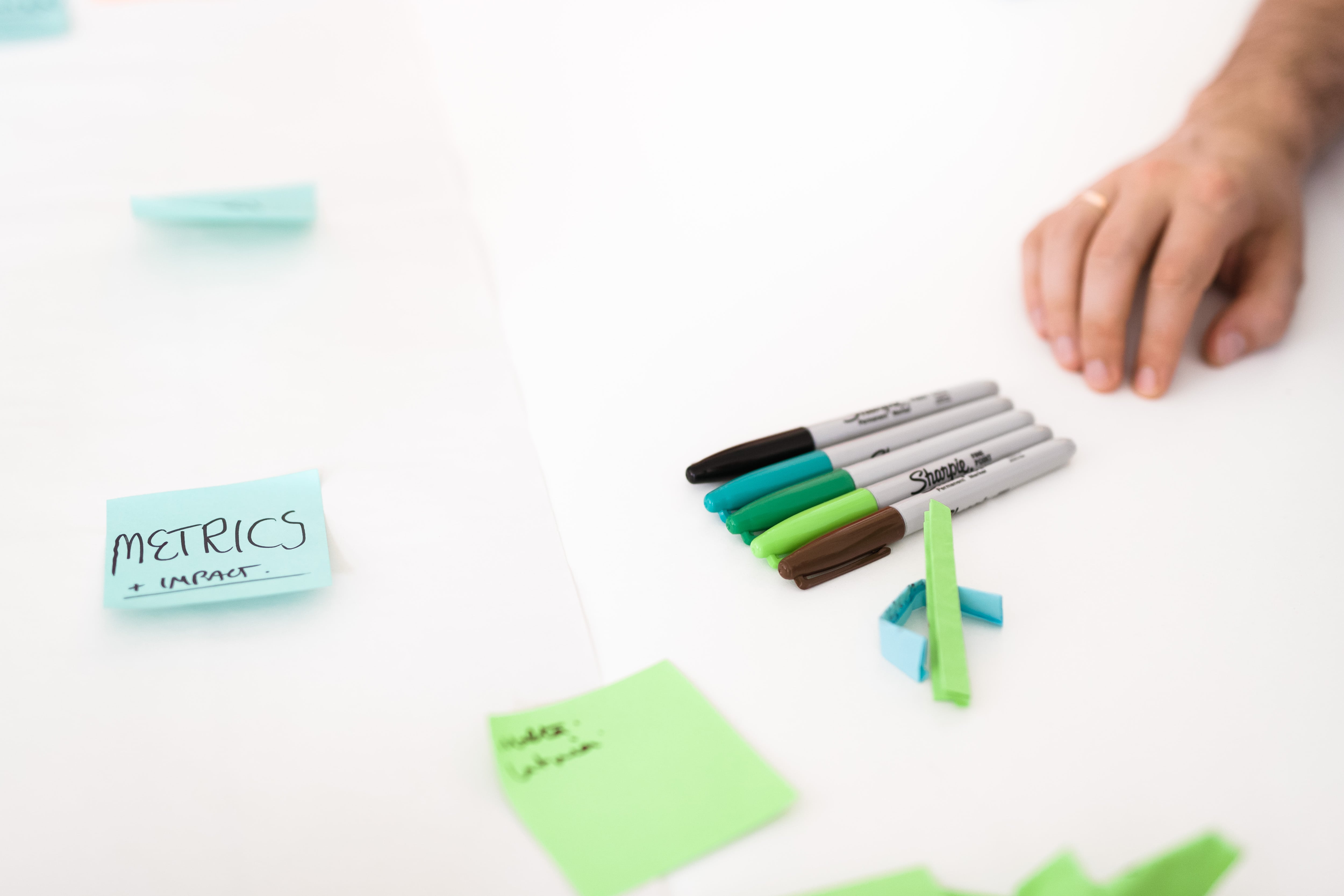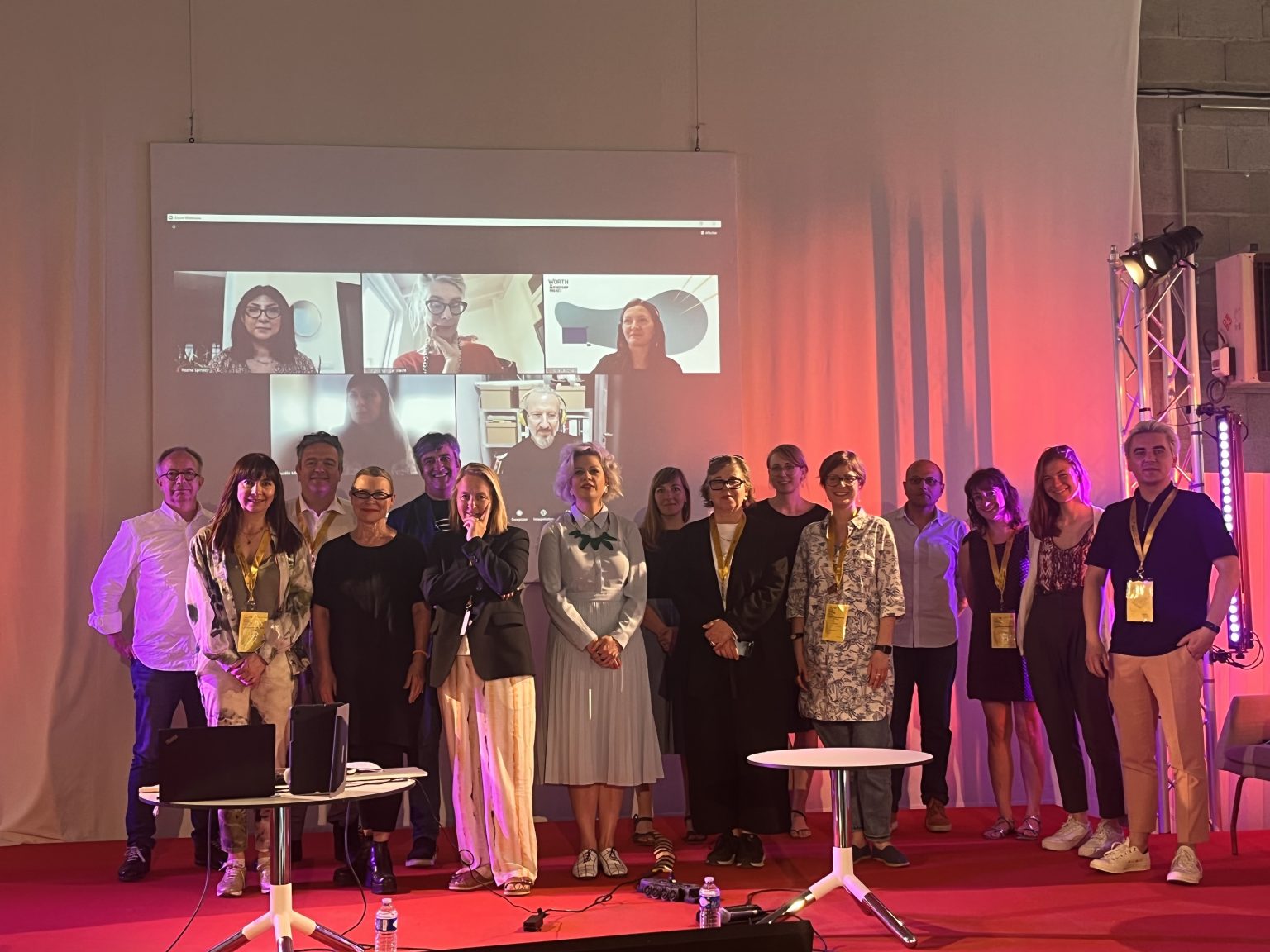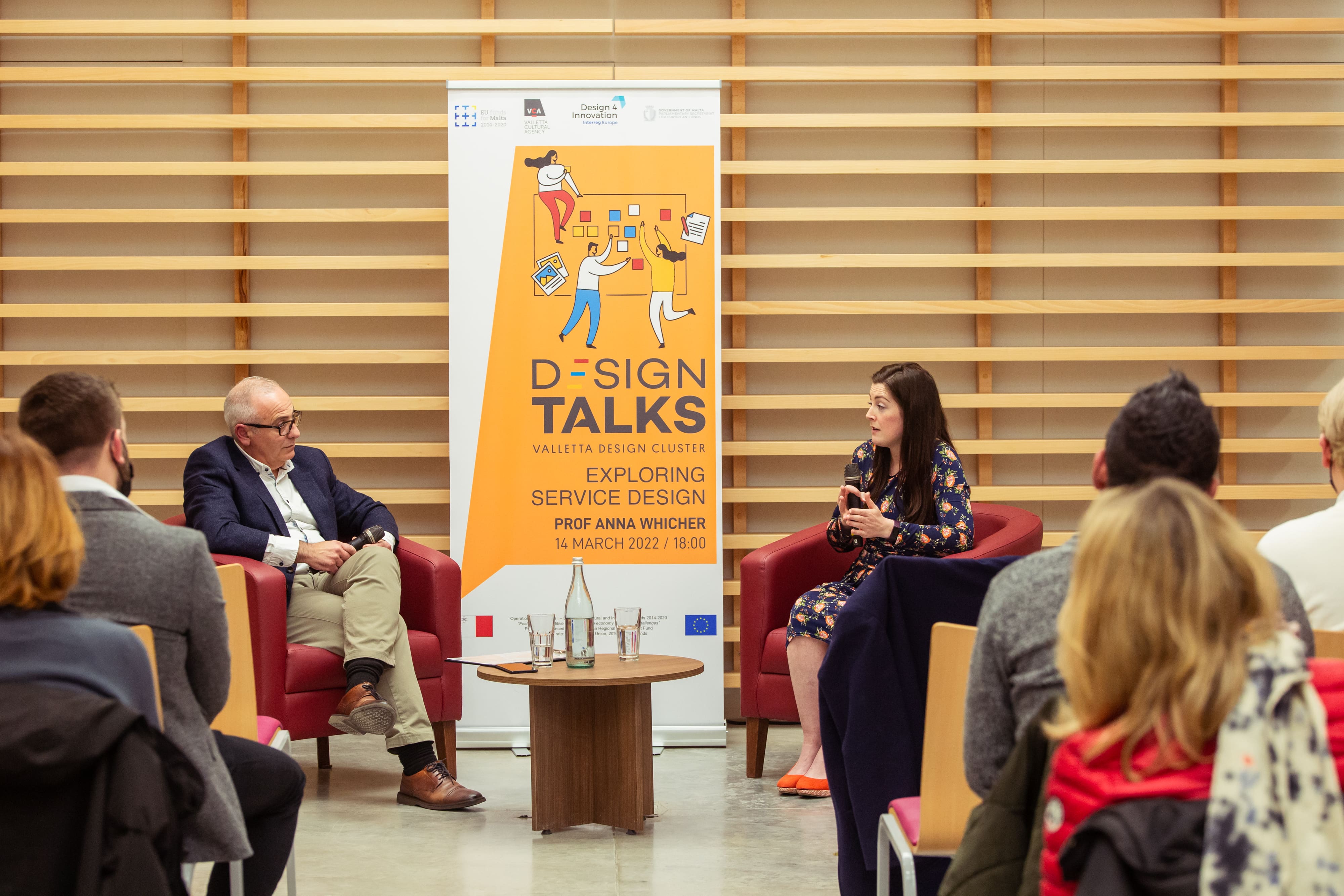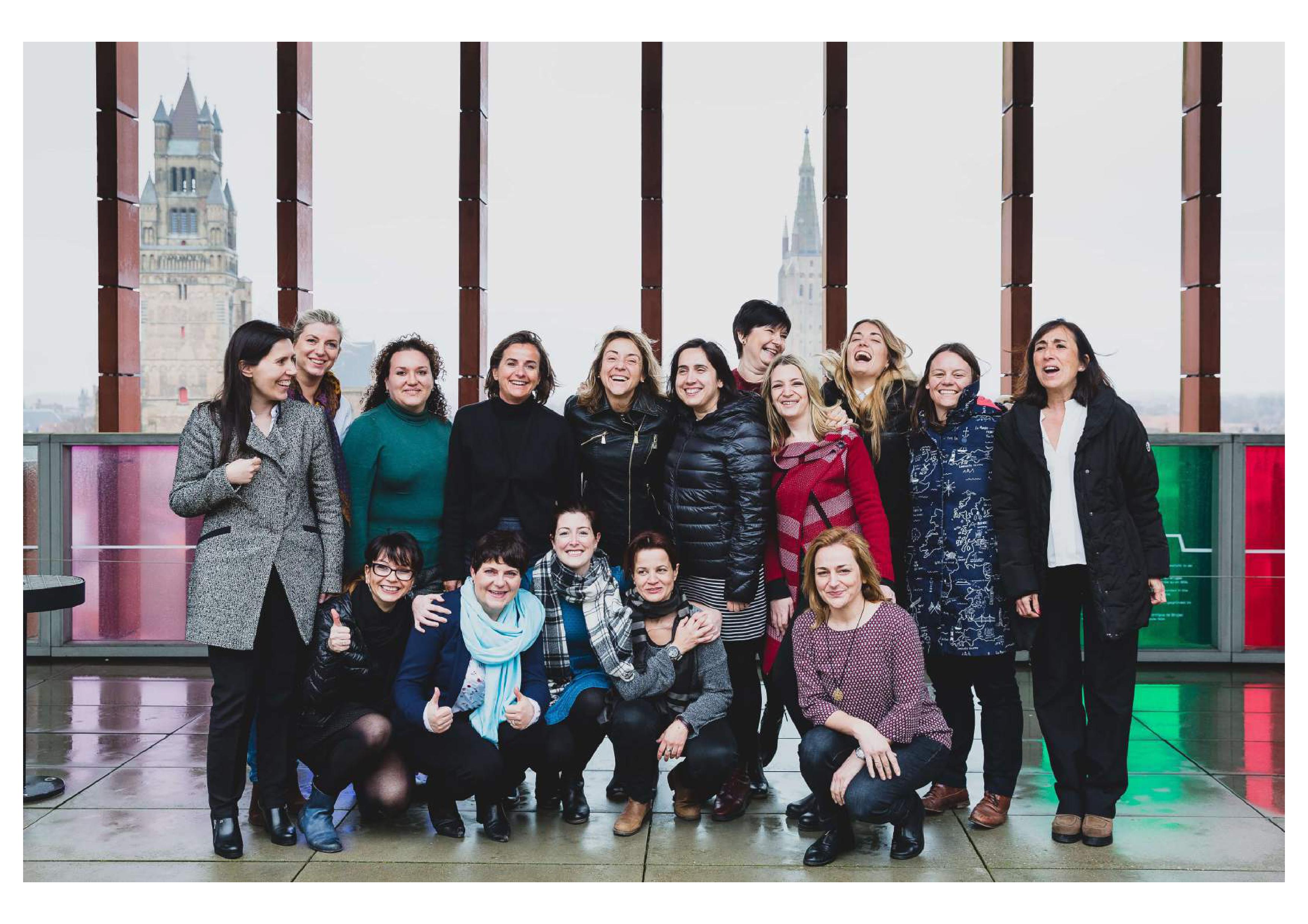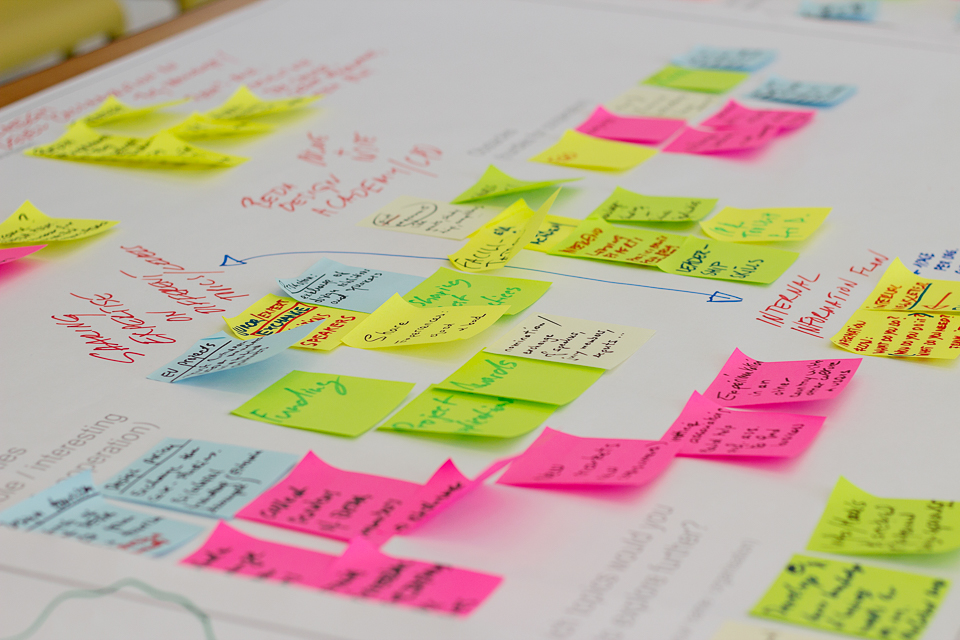As noted by Jeneanne Rae in her article for Harvard Business Review "design is notoriously difficult to define, tough to measure, and hard to isolate as a function". Therefore, very often design advocates use clichéd examples such as for instance Apple products or anecdotal sayings like "Good design is good business" from Thomas Watson, CEO of IBM, to demonstrate the value of design. There is however a significant body of studies and indicators that attempt to quantify and put the measure to design process and its effects.
Investigating those methodologies and impact indicators for design was the main theme for the ultimate knowledge exchange workshop of the learning phase of Design4Innovation project. Over two and a half days at the beginning of October, Barcelona Centre de Disseny (BCD) hosted project partners and their stakeholders at their impressive premises in Disseny Hub in Catalan capital.


During the workshop, PDR - the lead partner, presented an overview of different studies of design value on macro level - as an industry sector and its impact on national economy , as well as micro level - measuring impact of specific programmes or in individual companies. We looked at inspiring methodologies developed by the UK Design Council in studies like:
- The Design Economy;
- Design Demand National Evaluation 2007-2012 ; and
- Design Council Support and Business Survival and Growth.
We also discussed studies that contributed to the development of the Policy Framework for Design in Enterprise in Ireland (“The ‘Irish Design Footprint’: Economic Value and Characteristics”, “A Study of the Role and Importance of Design in Firms based in Ireland in Non Design-intensive Sectors” and “An overview of a Workshop on Design in Ireland”) as well as the impact evaluation of the year of Irish Design 2015. The other examples of design studies included among others:
- different iterations of studies based on design ladder methodology including the lastest Design Delivers report by Danish Design Council;
- The Business Value of Design by McKinsey;
- Study of design activity in Malta: Economic Analysis at a firm level;
- '€Design' project by BCD;
- By Design Grant Evaluation - soon to be published by PDR through User-Factor project.
Equipped with this knowledge and a whole array of indicators, the partners looked at how they will attempt to evaluate the outputs and impacts of actions for design in their regions.


As part of the knowledge exchange meeting, Barcelona Centre de Disseny has prepared an exciting programme of study visits. Javier Cesar, Head of Customer Experience & Design at HP introduced us to their user-centred approach before we had a chance to see the latest innovations in large format and 3D printing at HP Graphics Experience Centre.
Belloch knowledge park is an impressive 140 hectares of peaceful landscape and attractive modernist architecture where Santa & Cole have their headquarters. The unusual business model of this publishing house and design editors proved to be extremely successful, and now Santa & Cole have in their offer some of the iconic pieces of furniture and lightning, as well as an impressive portfolio of prestigious realisations of public infrastructure projects.
In Lekue, a manufacturer of kitchen utensils that has "users’ happiness in the centre of their strategy", we had a chance to have an insight into their creative process and heard an inspiring story of how design helped the company twice to reinvent their strategy and gain new markets and increase sales.
As part of their work in food design, BCD organised for us some extraordinary gastronomic experiences with the Hidden Factory , a creative food studio led by chef Xavier Morón; and a sustainable restaurant project Agreste by Fabio & Roser.
The meeting in Barcelona provided us with a lot of inspirations, energy and food for thought to finalise our action plans and wrap up the learning process to prepare for implementation and monitoring phase.


